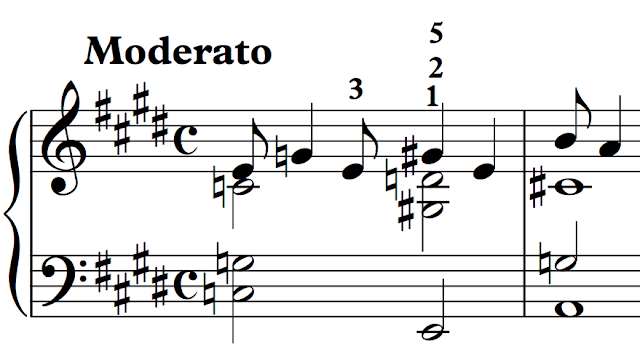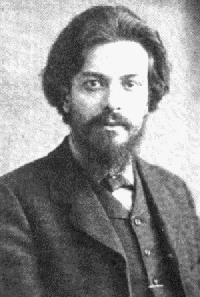 |
| Unbroken |
 |
| Broken |
 |
| Puzzler Solution |
 |
| Arnold Dolmetsch (1858-1940). French-born but of Swiss origin |
 |
| Bracket Symbols, Including Two Obsolete |
The text reads: [Arpeggios are] "indicated by a vertical wavy line, a vertical square bracket or a curved bracket (the latter two signs are now uncommon)." In a lifetime of staring myself nearsighted at an enormous variety of scores, including facsimiles of original manuscripts, I do not recall ever seeing a bracket that might be construed as an arpeggio. In fact, except as noted above in a more modern context, I don't recall ever having seen a bracket. Let it be briefly noted that we do see the curved bracket in certain editions of Chopin's works, which does mean to arpeggiate.
No comments:
Post a Comment